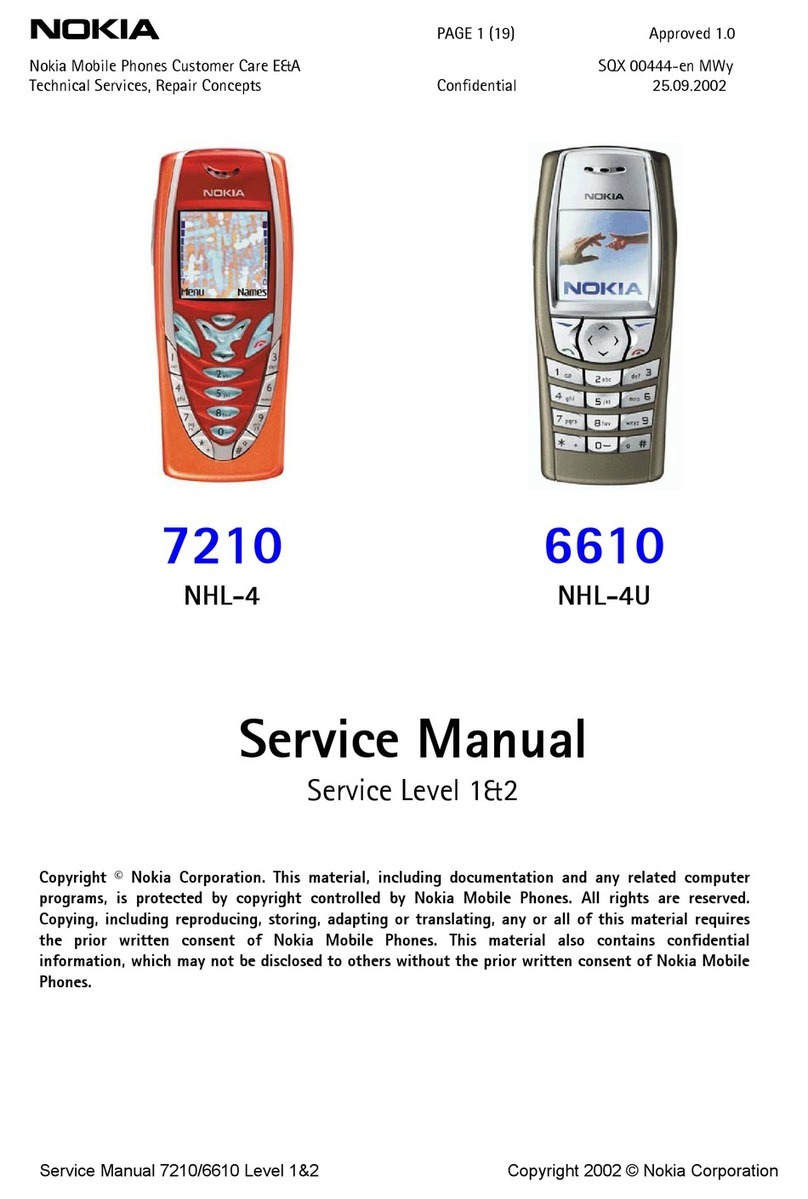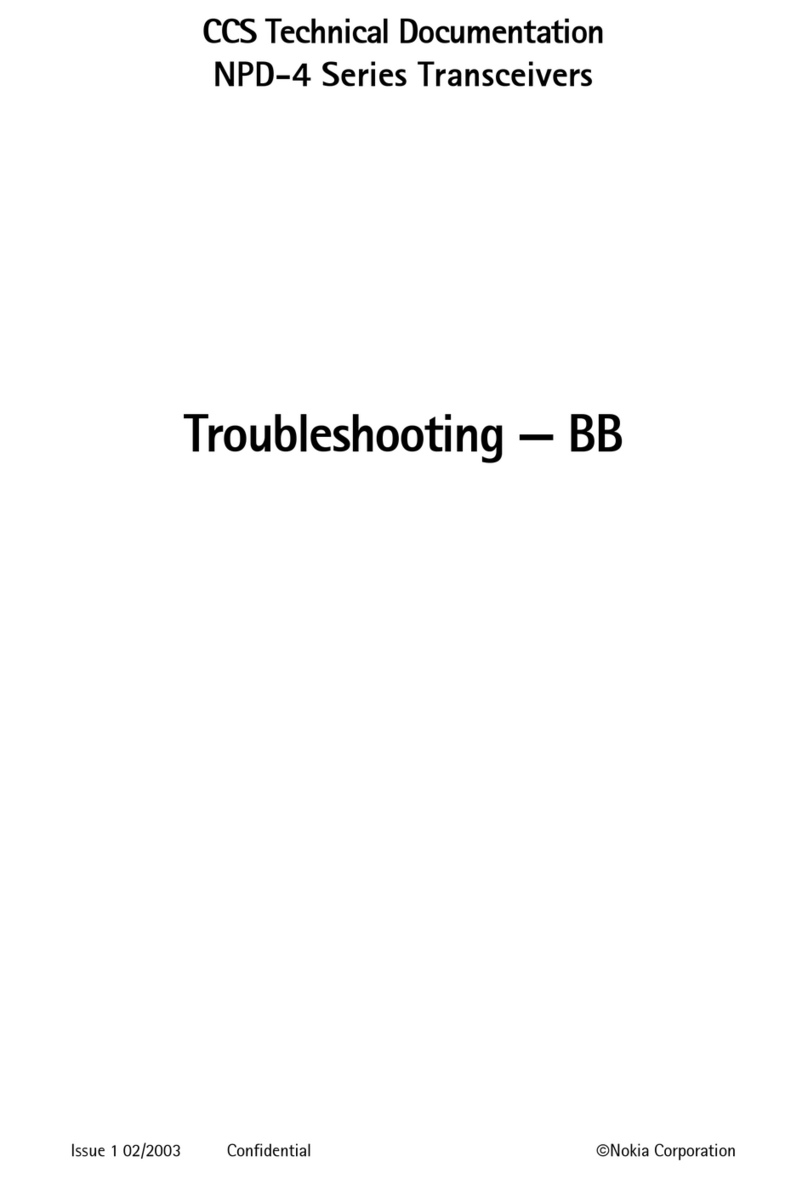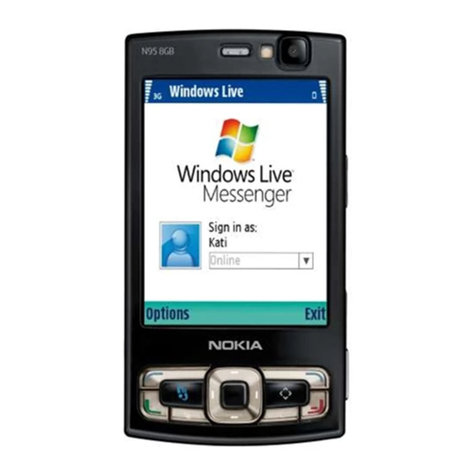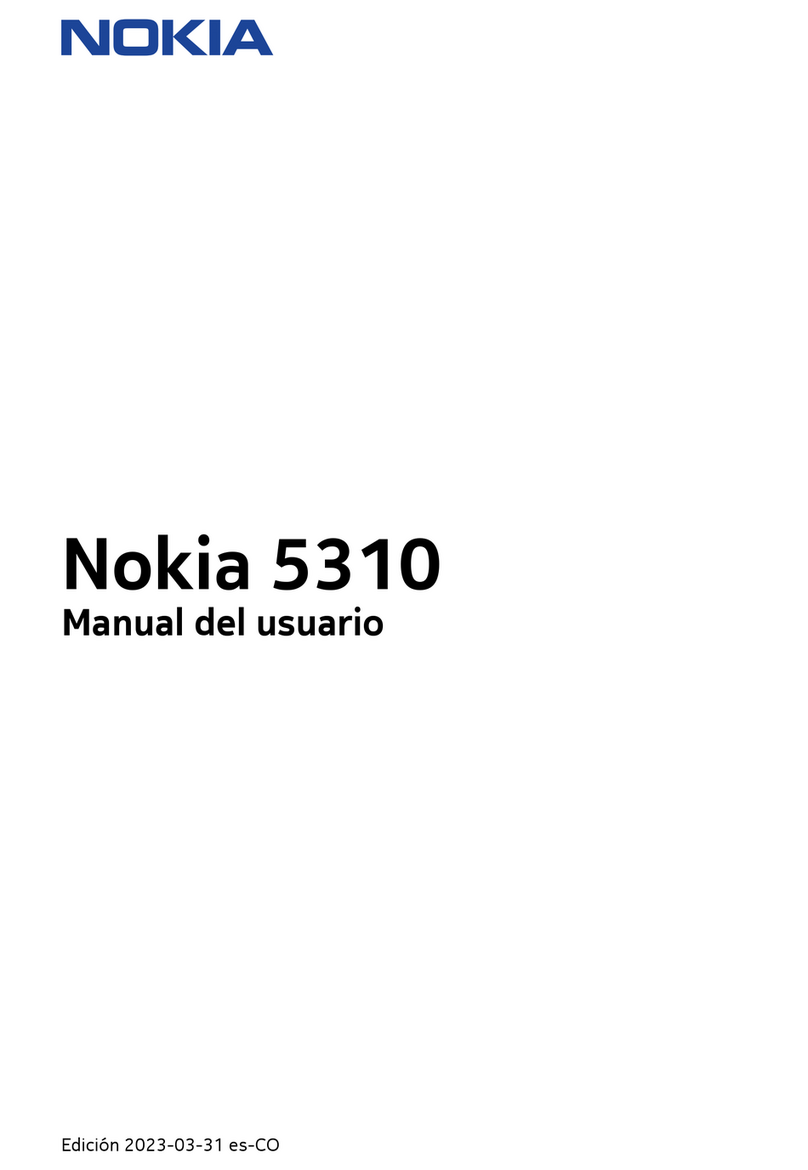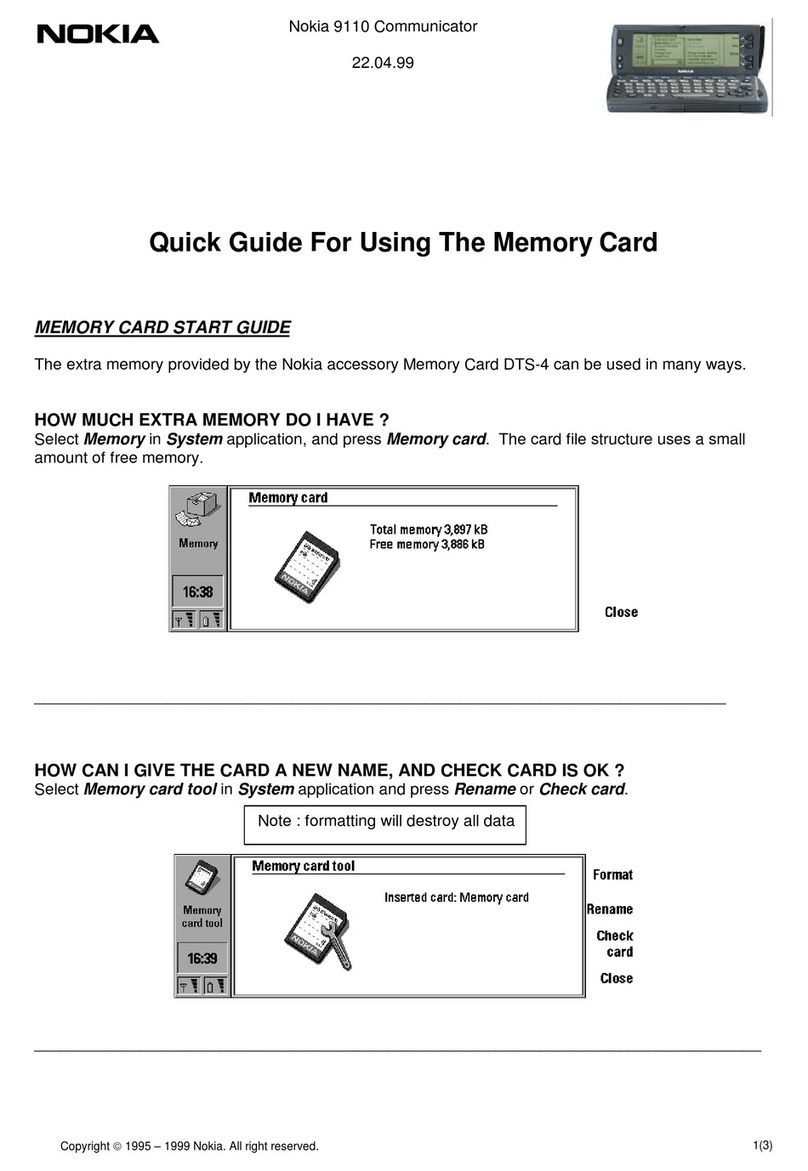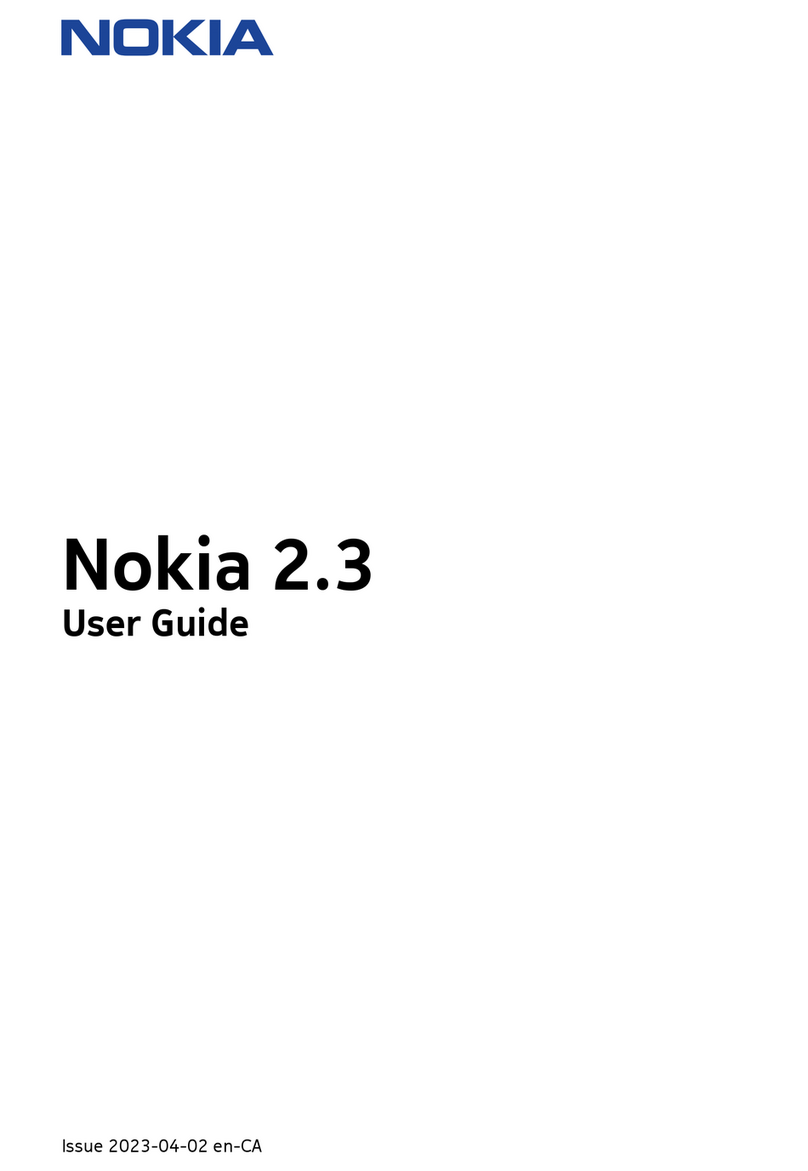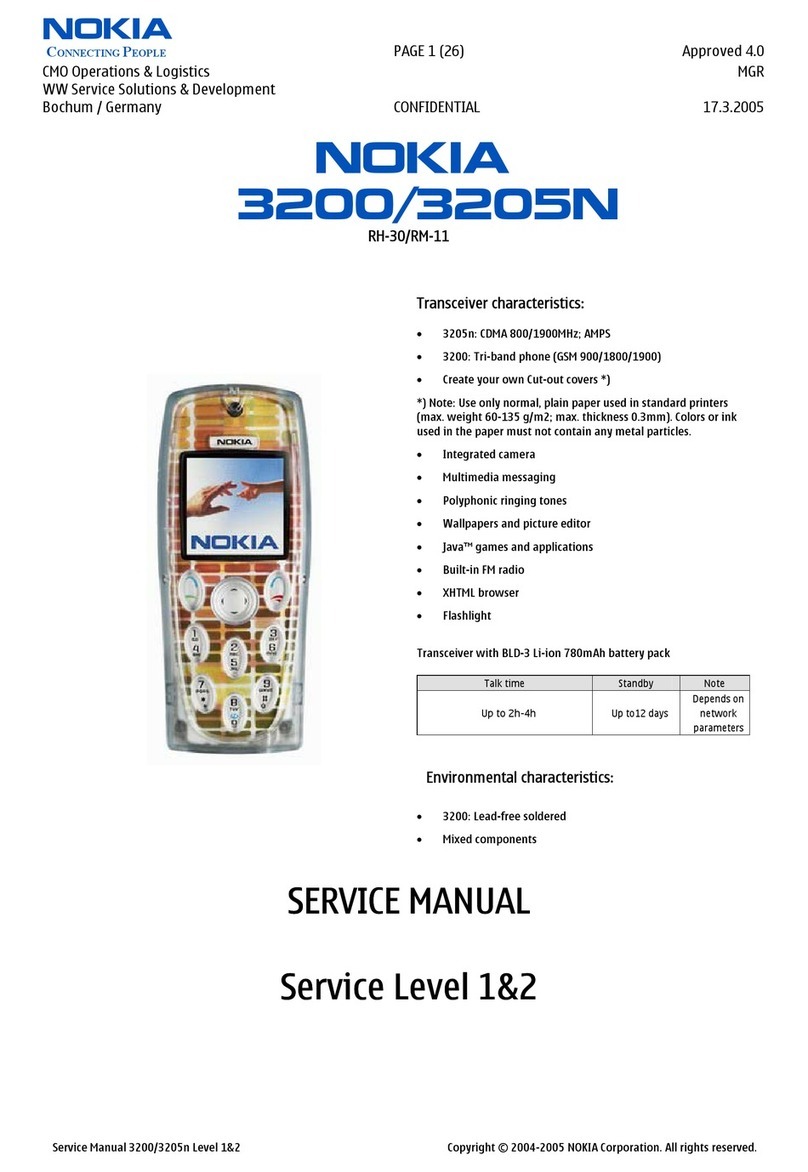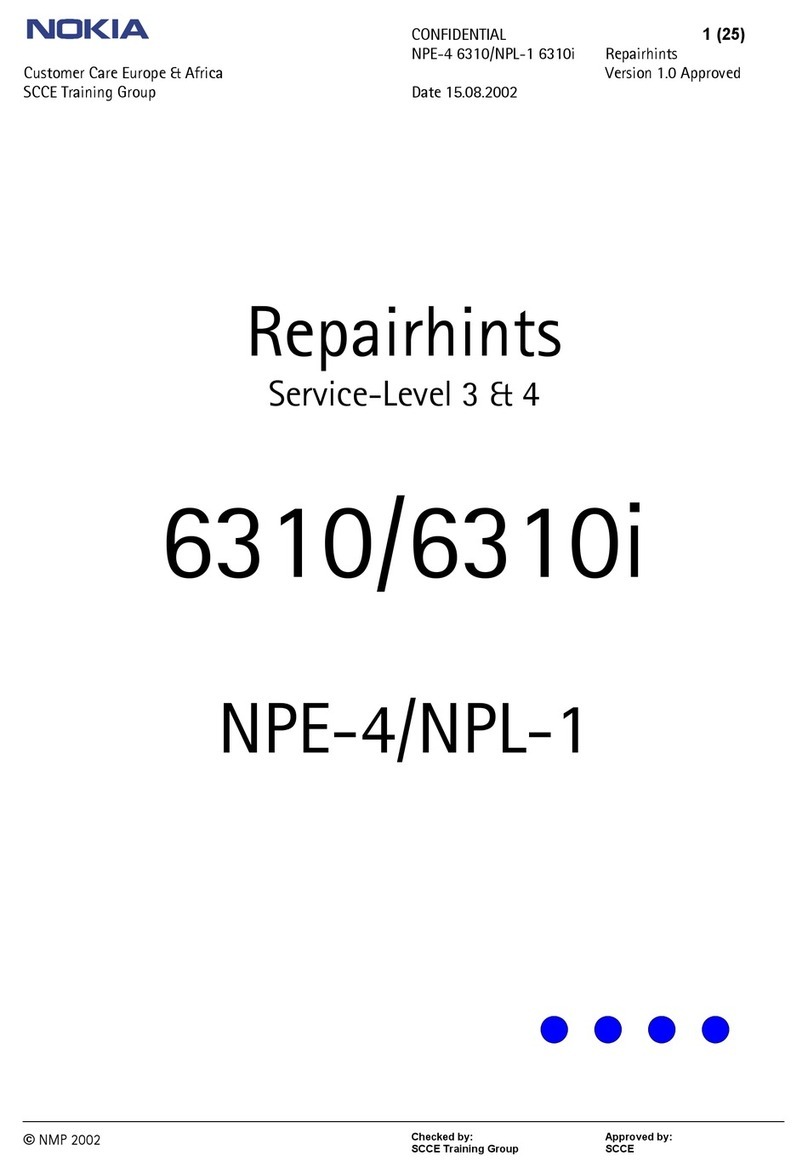Images and Screen shot ..........................57
Images.................................................................................... 57
Screen shot ........................................................................... 60
RealOne Player™ ......................................63
Playing media files.............................................................. 63
Sending media files ............................................................ 64
Changing the settings ....................................................... 64
Messaging.................................................66
Messaging - General information .................................. 67
Writing text .......................................................................... 68
Creating and sending new messages ............................ 71
Inbox - receiving messages.............................................. 76
My folders ............................................................................ 79
Remote mailbox .................................................................. 79
Outbox.................................................................................... 83
Viewing messages on a SIM card................................... 84
Cell broadcast
(network service)................................................................. 84
Service command editor ................................................... 84
Messaging settings............................................................. 85
Profiles......................................................90
Changing the profile .......................................................... 90
Customising profiles........................................................... 90
Offline profile....................................................................... 91
Favourites.................................................93
Adding shortcuts ................................................................. 93
Calendar and To-do.................................94
Creating calendar entries .................................................94
Setting calendar alarms .................................................... 97
Sending calendar entries .................................................. 97
To-do ...................................................................................... 97
Data Import .......................................................................... 98
Extras........................................................99
Calculator.............................................................................. 99
Composer............................................................................... 99
Converter.............................................................................101
Notes ....................................................................................102
Clock .....................................................................................102
Recorder...............................................................................103
Services (XHTML) ................................. 105
Basic steps for accessing ................................................105
Setting up the game deck for the browser service .105
Making a connection .......................................................106
Viewing bookmarks...........................................................106
Browsing..............................................................................107
Downloading ......................................................................109
Ending a connection ........................................................110
Browser settings................................................................110




